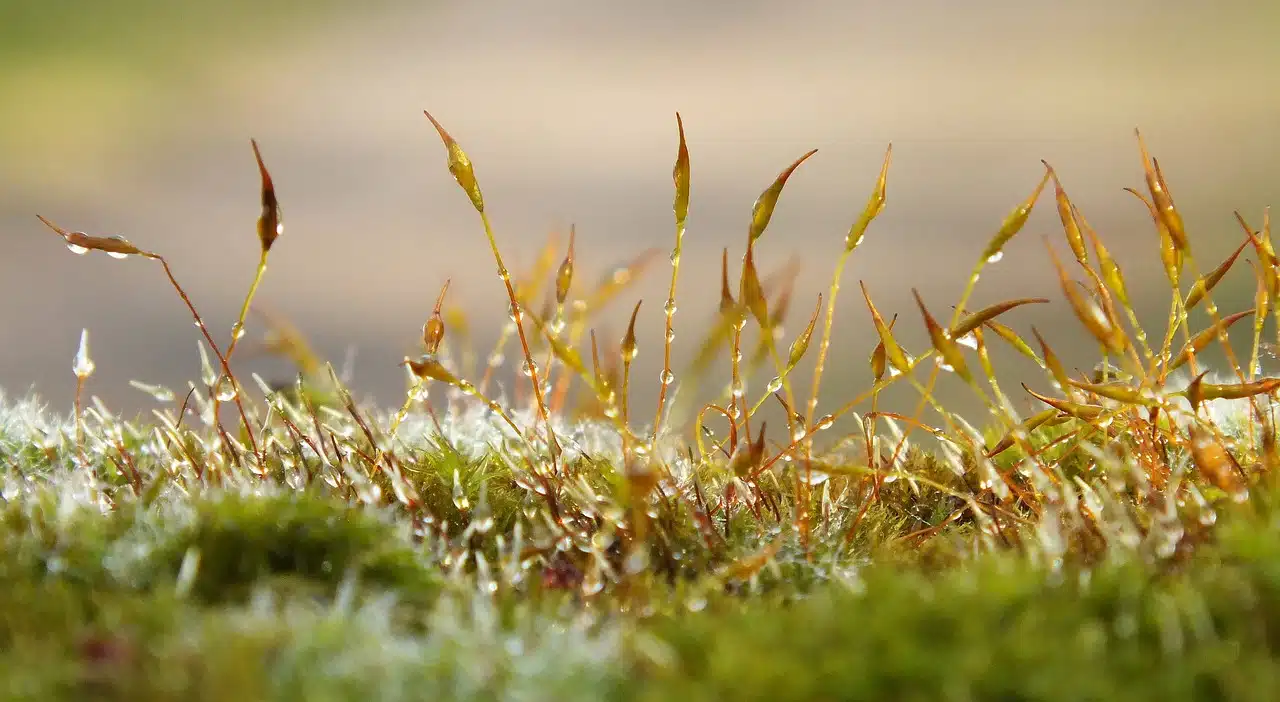
Environmental humidity refers to the level of water vapor found in the air.
Humidity is a term originating from the Latin word humidĭtas that allows us to highlight the humid condition (that is, that it is part of the nature of water or that it shows to be impregnated with it or another liquid). Humidity, therefore, can refer to water that has stuck to an object or that is vaporized and combined with air .
For example: “Look how the moisture has adhered to the window glass” , “The meteorological service warned that the ambient humidity is over 90% right now” , “I have moisture on the walls, so I'm going to have to implement some kind of treatment.”
Ambient humidity
Environmental humidity , according to the same expression, is associated with the level of water vapor that is present in the air. It should be noted that it is possible to express this quantity as absolute humidity or relative humidity . In this second case, it indicates what percentage of water vapor is in the air under current conditions. If it is said that the relative environmental humidity is 90%, it is referring to the fact that it has 90% of the total water vapor that could be found in the air at the current temperature.
It is important to highlight that the phenomenon of humidity can become a major problem within homes . When there is a high level of humidity in the environment, mold can grow on the walls and ceiling, which poses a health risk . Environmental humidity can also damage furniture and appliances.
If, due to a water leak or leak, the wall absorbs moisture, we will see a stain grow and the paint peel.

Humidity is important in crops.
Its importance in the soil for planting
When deciding to sow , whether in large or small quantities, it is extremely important to take into account the properties of the soil and, fundamentally, its humidity. This will allow the plants to grow healthy and offer good quality fruits.
In order for their work to increasingly lead to better results, farmers put into practice a series of precautions to prevent their crops from being bad, one of which is to maintain moisture in the soil in periods of drought. It is important to note that having certain notions of soil management is essential to achieve satisfactory harvest results.
One of these techniques consists of using stubble in new plantings; in this way, in the event of a possible drought, the land will maintain the excess moisture from the previous harvest, satisfying the needs of the new plants. In addition, these plants, which will be dispersed on the surface, will reduce soil sedimentation , by stopping the damage that water would cause when falling on it. On the other hand, when they decompose, they will offer a significant amount of organic matter that will positively collaborate with the characteristics of the soil, making it more fertile and improving the quality of the crops.
Soil moisture is one of the fundamental elements in the cultivation of any plant species ; Therefore, taking measures to conserve these field properties could help considerably improve crop profitability.
It is also important to note that, depending on the species to be planted, the amount of soil moisture required will be different. So much so that if you want to grow corn, this humidity must be high, especially during the first quarter of the plant's life; On the other hand, if you want to plant wheat, lower humidity may be available. This, clearly, does not mean that these plants can grow in a territory with water scarcity , simply that they require less water than corn.
